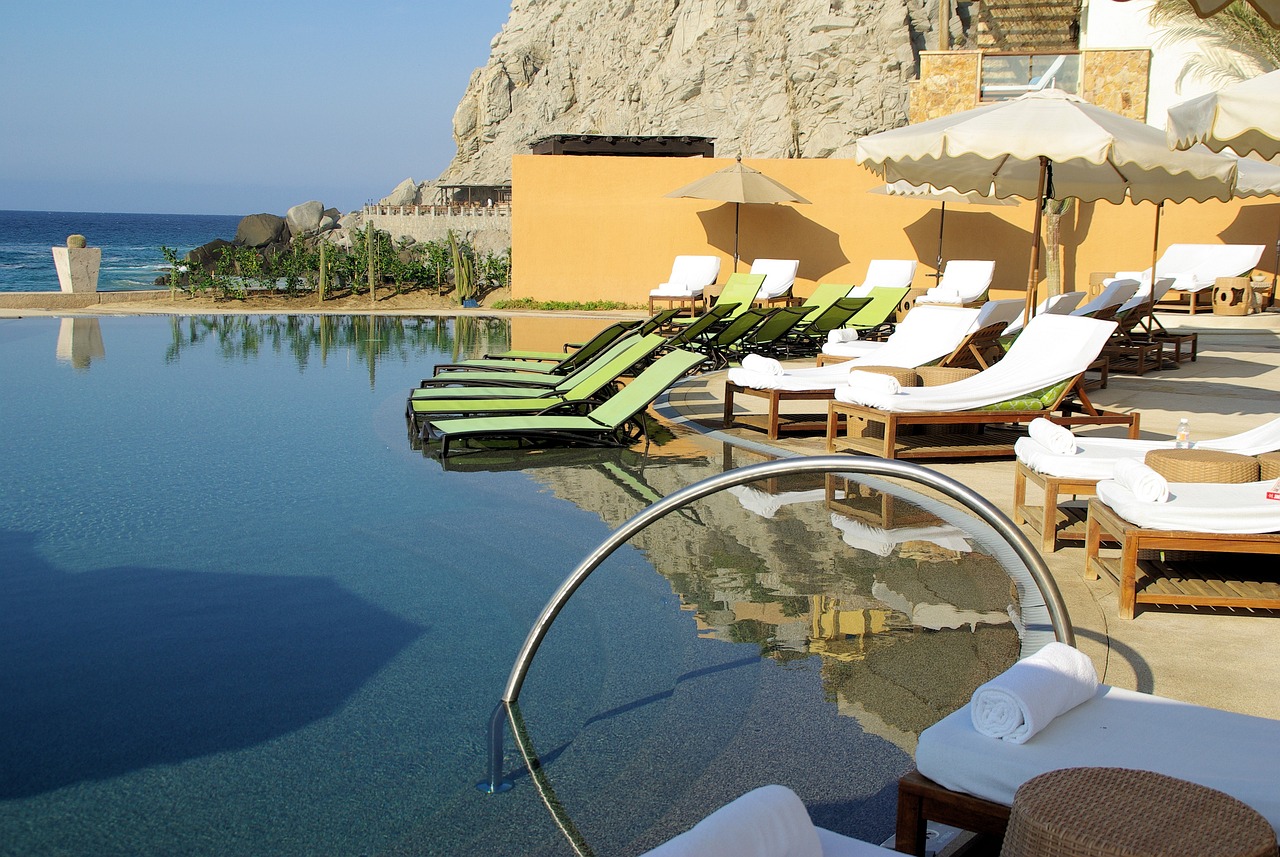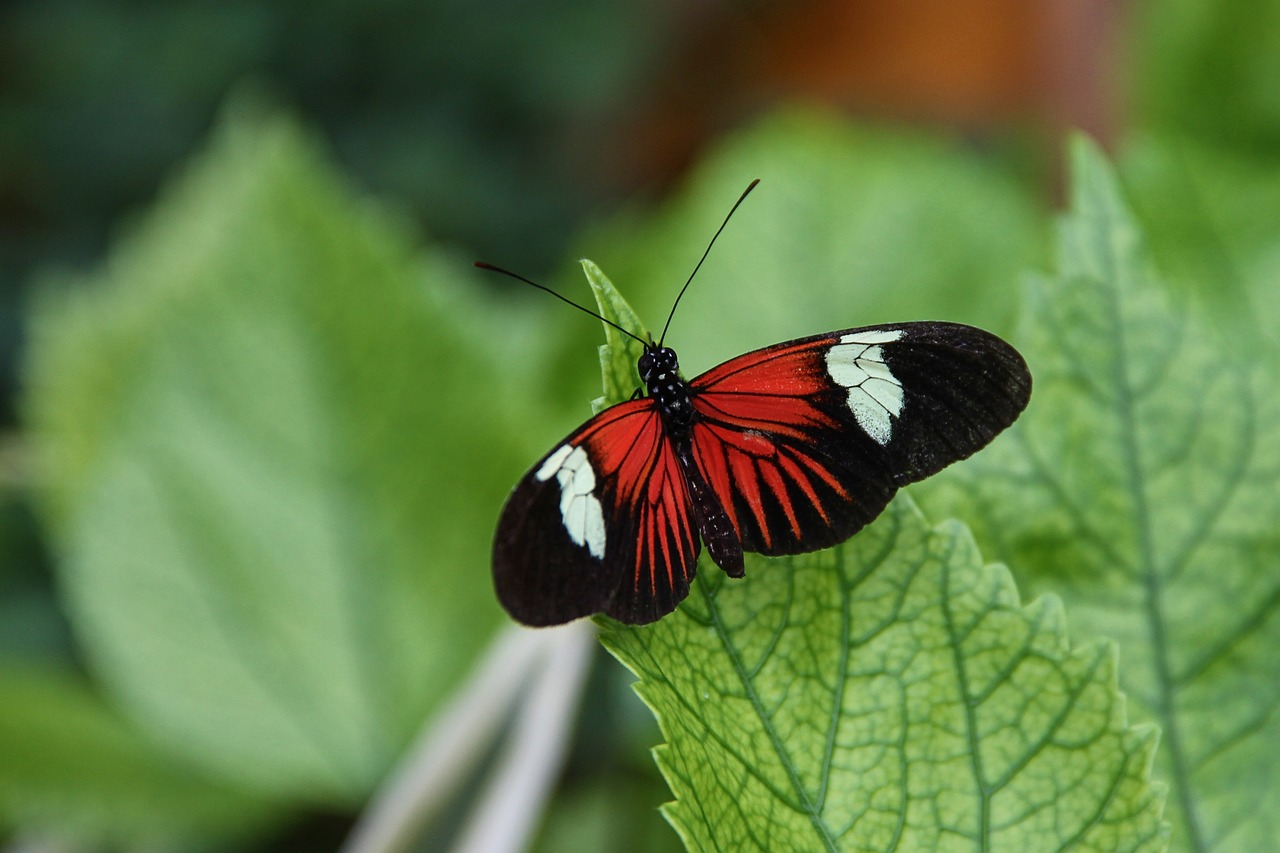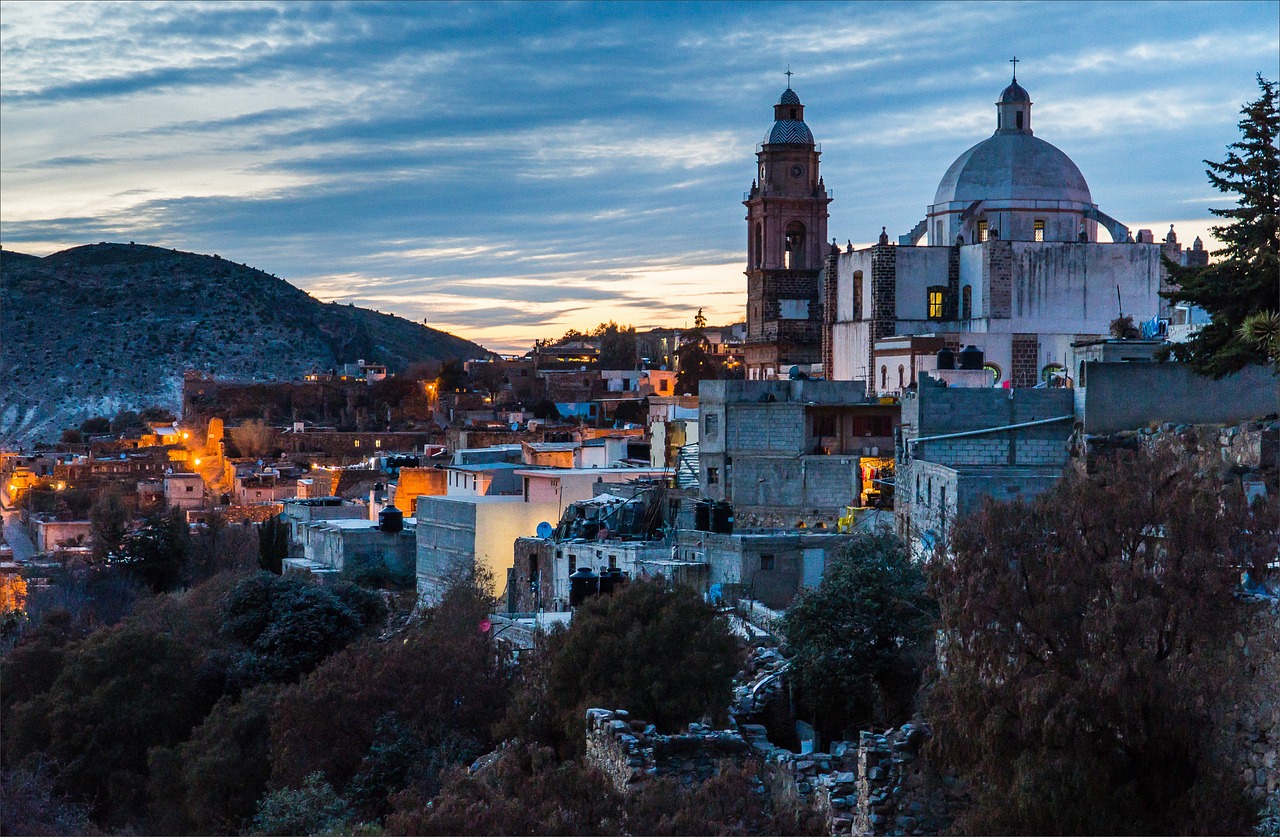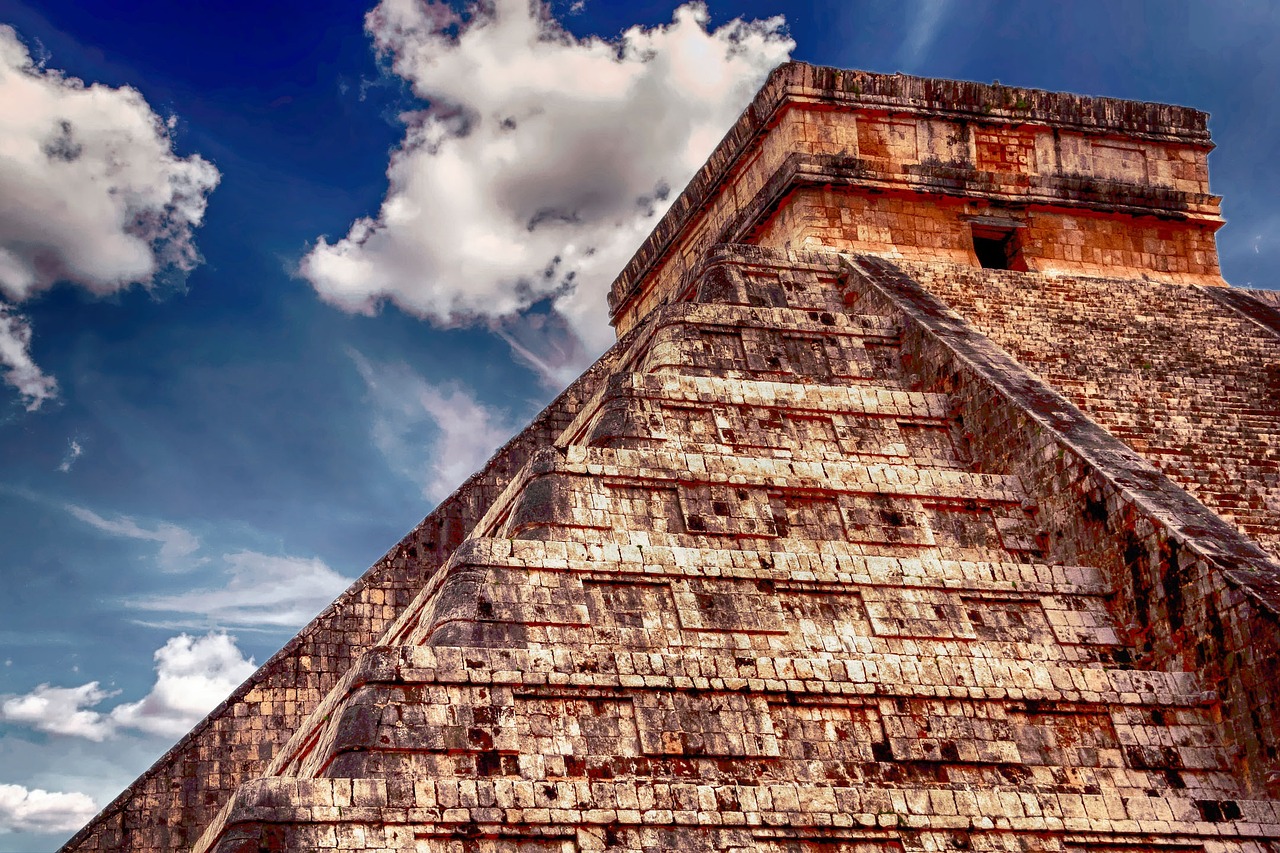Mexico Video
Local Celebrations and Holidays: What to Expect in Mexico
Mexico is a country rich in cultural traditions and vibrant celebrations. From religious festivals to national holidays, Mexicans have a deep appreciation for their heritage and love to celebrate. In this article, we will explore some of the most popular local celebrations and holidays in Mexico, giving you an insight into what to expect when visiting this colorful and lively country.
Cinco de Mayo
Cinco de Mayo, meaning “Fifth of May” in Spanish, commemorates the Mexican army’s victory over French forces at the Battle of Puebla in 1862. Although not a major holiday in Mexico, it is widely celebrated in the United States and has become synonymous with Mexican culture and heritage. On this day, you can expect parades, traditional music, dance performances, and delicious Mexican food.
- Parades: Cinco de Mayo parades are a common sight in cities and towns across Mexico, showcasing colorful floats, traditional costumes, and lively music.
- Music and Dance: Traditional Mexican music, such as mariachi bands and folkloric dances, are performed during Cinco de Mayo celebrations, adding to the festive atmosphere.
- Food: Cinco de Mayo is a perfect occasion to indulge in Mexican cuisine. From tacos and enchiladas to churros and margaritas, there is a wide variety of delicious dishes to try.
- Historical Reenactments: In Puebla, where the famous battle took place, you may witness historical reenactments that bring the events of Cinco de Mayo to life.
Día de los Muertos
Día de los Muertos, or Day of the Dead, is one of Mexico’s most iconic celebrations. It is a time to honor and remember deceased loved ones, with a unique blend of indigenous traditions and Catholic influences. The festivities usually take place from October 31st to November 2nd and involve vibrant decorations, traditional altars, and visits to cemeteries.
- Altars: Families create altars called “ofrendas” in their homes, adorned with photographs, favorite foods, candles, and marigold flowers to welcome the spirits of the departed.
- Calacas and Calaveras: Colorful skeletons, known as “calacas,” and skull-shaped candies called “calaveras” are popular symbols associated with Día de los Muertos. They represent the joyful and humorous approach to death in Mexican culture.
- Processions: Some towns and cities organize processions where people dress up as skeletons and march through the streets, accompanied by music and dancing.
- Graveyard Visits: Families gather at cemeteries to clean and decorate the graves of their loved ones. They bring flowers, light candles, and share food and stories in their memory.
Grito de Dolores
Grito de Dolores, also known as El Grito, is an essential part of Mexican Independence Day celebrations. It commemorates the famous cry for independence given by Miguel Hidalgo, a key figure in the Mexican War of Independence, on the night of September 15, 1810. The festivities begin on the evening of September 15th and continue into the next day.
- El Grito Ceremony: The President of Mexico delivers a reenactment of Miguel Hidalgo’s cry for independence from the balcony of the National Palace in Mexico City. The crowd responds with shouts of “Viva México!”
- Fireworks: Colorful fireworks light up the sky during the Grito de Dolores celebrations, adding to the excitement and festive atmosphere.
- Parades: Many cities and towns organize parades featuring marching bands, traditional costumes, and floats decorated with Mexican flags and symbols.
- Street Parties: Following the Grito ceremony, the streets come alive with music, dancing, and street vendors selling traditional Mexican food and drinks.
Day of the Virgin of Guadalupe
The Day of the Virgin of Guadalupe, or Día de la Virgen de Guadalupe, is a significant religious holiday in Mexico, honoring the country’s patron saint. It takes place on December 12th and attracts millions of pilgrims from all over Mexico, who travel to the Basilica of Guadalupe in Mexico City.
- Pilgrimages: Devotees embark on pilgrimages to the Basilica of Guadalupe, some traveling for days by foot, to pay their respects and seek blessings from the Virgin Mary.
- Masses and Processions: The day is marked by religious ceremonies, including masses and processions, where people carry images of the Virgin of Guadalupe through the streets.
- Serenades and Songs: Mexicans express their devotion through serenades and songs dedicated to the Virgin of Guadalupe, often performed by mariachi bands.
- Food Offerings: Street vendors and local restaurants offer traditional Mexican dishes, such as tamales and atole, as offerings to the Virgin of Guadalupe.
Las Posadas
Las Posadas is a Christmas tradition celebrated in Mexico from December 16th to 24th. It reenacts Mary and Joseph’s search for a place to stay in Bethlehem before the birth of Jesus. The festivities involve processions, singing, and the breaking of piñatas.
- Processions: People dress up as Mary and Joseph and go from house to house, reenacting the biblical journey. They are accompanied by a procession of children and adults carrying candles and singing Christmas carols.
- Piñatas: Traditional star-shaped piñatas are filled with candies and hung from a string. Blindfolded participants take turns trying to break the piñata with a stick, symbolizing the triumph of good over evil.
- Feasting and Celebrations: After the piñata is broken, everyone gathers to enjoy a festive meal, which typically includes traditional Mexican dishes like tamales, bacalao (salted cod), and ponche (a warm fruit punch).
Day of the Dead in Oaxaca
Oaxaca, a state in southern Mexico, is renowned for its elaborate and colorful celebrations of the Day of the Dead. The festivities in Oaxaca City attract both locals and tourists, offering a unique experience of this traditional holiday.
- Comparsas: Comparsas are parades featuring people dressed in traditional costumes, dancing and singing through the streets. Each comparsa represents a different neighborhood or group.
- Graveyard Vigils: Families gather at cemeteries to hold vigils and decorate the graves with marigold flowers, candles, and offerings. The atmosphere is filled with music, prayers, and remembrance.
- Alfeñique Figures: Oaxaca is famous for its intricate sugar skulls and alfeñique figures. These delicate and colorful creations are used as decorations during the Day of the Dead celebrations.
- Traditional Altars: Many homes and public spaces in Oaxaca City set up elaborate altars to honor deceased loved ones. These altars are adorned with photographs, favorite foods, and other meaningful objects.
Mexico Image 1:

Day of the Candles
The Day of the Candles, or Día de las Velas, is a unique celebration that takes place in the city of Tlacotalpan, Veracruz, on February 2nd. It combines Catholic and indigenous traditions to honor the Virgin of Candelaria.
- Procession of Candles: Thousands of people gather in Tlacotalpan to participate in a procession carrying lit candles through the streets. The candles symbolize the light of the Virgin Mary.
- Boat Parade: The festivities also include a colorful boat parade on the Papaloapan River, with beautifully decorated boats and live music.
- Traditional Music and Dance: Tlacotalpan is known for its vibrant music and dance traditions, especially the “son jarocho” style. During the Day of the Candles, you can enjoy live performances of traditional music and dance.
- Street Markets: Local artisans set up stalls selling traditional crafts, such as pottery, textiles, and wooden carvings. It’s a great opportunity to buy unique souvenirs.
La Guelaguetza
La Guelaguetza is a major cultural festival held annually in the city of Oaxaca. It takes place in July and showcases the rich diversity of indigenous cultures in the region through music, dance, and traditional costumes.
- Traditional Dances: Groups from different indigenous communities perform traditional dances and music, wearing colorful costumes that represent their cultural heritage.
- Parades: The festival kicks off with a grand parade through the streets of Oaxaca, featuring floats, traditional music, and dancers.
- Artisan Fair: The Guelaguetza also includes an artisan fair, where you can admire and purchase handmade crafts, including textiles, pottery, and jewelry.
- Food and Drink: Oaxacan cuisine is renowned for its rich flavors and unique ingredients. During La Guelaguetza, you can savor traditional dishes like tlayudas, mole, and mezcal.
Mexico Image 2:

Carnaval
Carnaval, meaning “Carnival” in English, is a festive season celebrated in various cities and towns across Mexico, often in February or March. It is a time of vibrant parades, music, dance, and elaborate costumes.
- Parades and Floats: Colorful parades featuring extravagant floats, dancers, and musicians take over the streets during Carnaval. Each city puts its unique spin on the festivities.
- Costume Contests: People dress up in elaborate costumes and compete in costume contests, showcasing their creativity and imagination.
- Music and Dance: Live music, including traditional Mexican rhythms like cumbia and salsa, fills the air during Carnaval. People dance and celebrate in the streets.
- Street Food: Carnaval is a great time to indulge in delicious street food. From tacos and quesadillas to churros and sweet treats, there are plenty of culinary delights to enjoy.
Independence Day
Independence Day, or Día de la Independencia, is one of the most significant holidays in Mexico. It commemorates the country’s independence from Spanish rule, which was declared on September 16, 1810, by Miguel Hidalgo.
- Flag Ceremonies: The day begins with flag-raising ceremonies in schools, government buildings, and public squares across Mexico. The national anthem is sung, and patriotic speeches are given.
- Fireworks and Bell Ringing: As night falls, fireworks light up the sky, and church bells ring to recreate the atmosphere of the original Grito de Dolores.
- Street Parties: Mexicans take to the streets to celebrate Independence Day with music, dancing, and street food. Festivities often continue until the early hours of the morning.
- Patriotic Decorations: Many homes and businesses decorate with Mexican flags, banners, and colorful lights to show their national pride.
Mexico Image 3:

References
– “Cinco de Mayo.” National Museum of Mexican Art
– “Day of the Dead.” Visit Mexico
– “Grito de Dolores.” Mexico Tourism Board
– “Day of the Virgin of Guadalupe.” Basilica of Guadalupe
– “Las Posadas.” Mexperience
– “Day of the Dead in Oaxaca.” Oaxaca Tourism Board
– “Day of the Candles.” Mexico Desconocido
– “La Guelaguetza.” Oaxaca Tourism Board
– “Carnaval.” Mexperience
– “Independence Day.” Mexico Tourism Board


